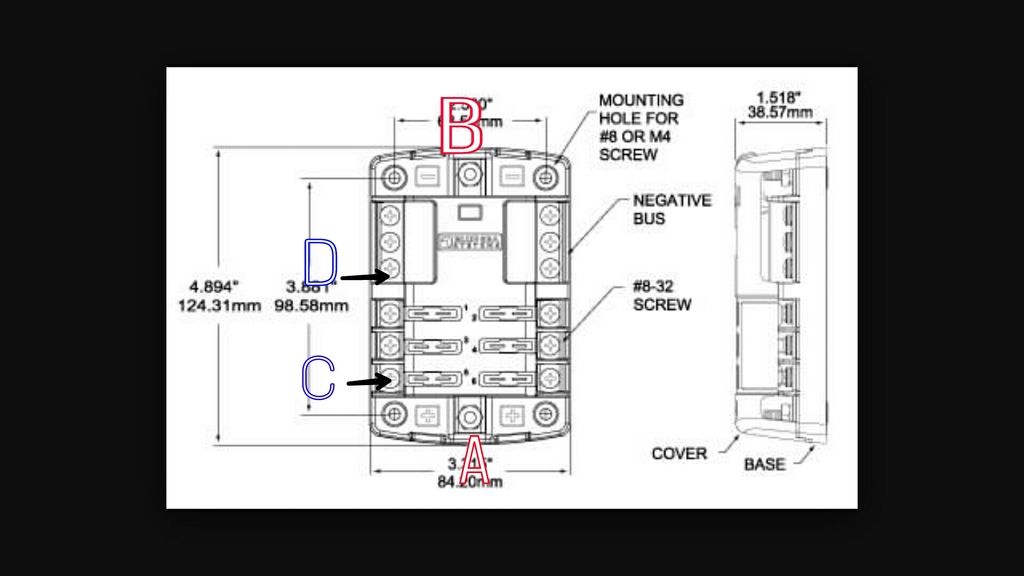One Awesome Inch
Well-known member
- Joined
- Nov 14, 2013
- Messages
- 1,170
- Reaction score
- 0
I finally have all the components to install my solar system.
Renogy 100w flexible panel
Charge controller
Blue Seas 6 circuit fuse box
I still need to buy the wire. If I use 10 gage rather than 12 gage from the battery to the charge controller will that increase the power I get from the solar panel? I think I read that somewhere but can't quite remember.
What gage wire do I use from the solar panel to the charge controller... 16g?
Since I am using a dual marine/rv battery that is in the engine compartment (acts as both starting battery & house battery), I will need to drill a hole through the firewall of the van so I can run the appropriate cable through it. Any suggestions as to where to put that hole? I really dont want to wreck anything.
Much appreciate any assistance you can give.
Renogy 100w flexible panel
Charge controller
Blue Seas 6 circuit fuse box
I still need to buy the wire. If I use 10 gage rather than 12 gage from the battery to the charge controller will that increase the power I get from the solar panel? I think I read that somewhere but can't quite remember.
What gage wire do I use from the solar panel to the charge controller... 16g?
Since I am using a dual marine/rv battery that is in the engine compartment (acts as both starting battery & house battery), I will need to drill a hole through the firewall of the van so I can run the appropriate cable through it. Any suggestions as to where to put that hole? I really dont want to wreck anything.
Much appreciate any assistance you can give.












































































